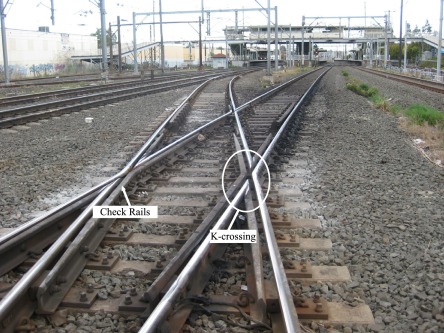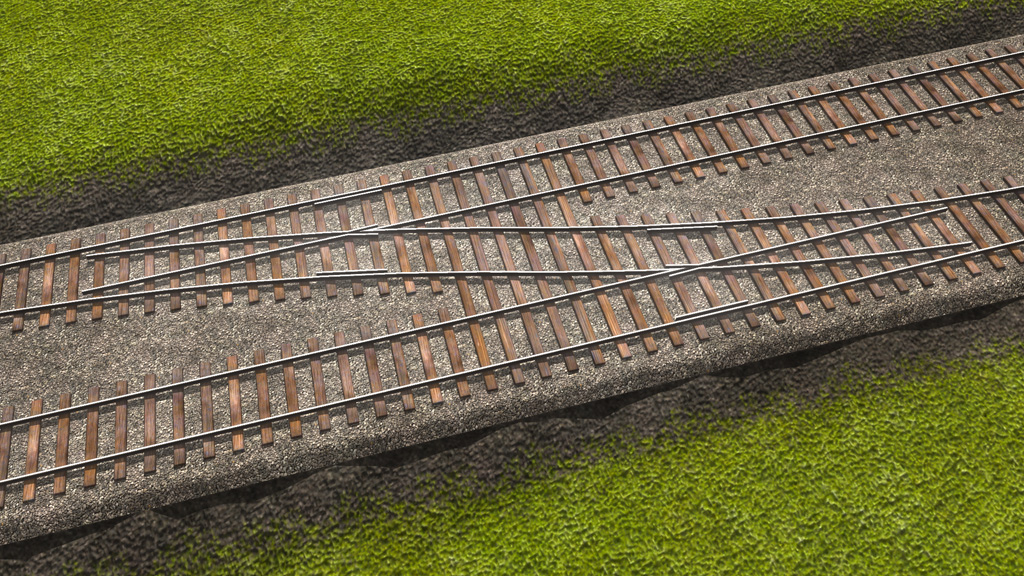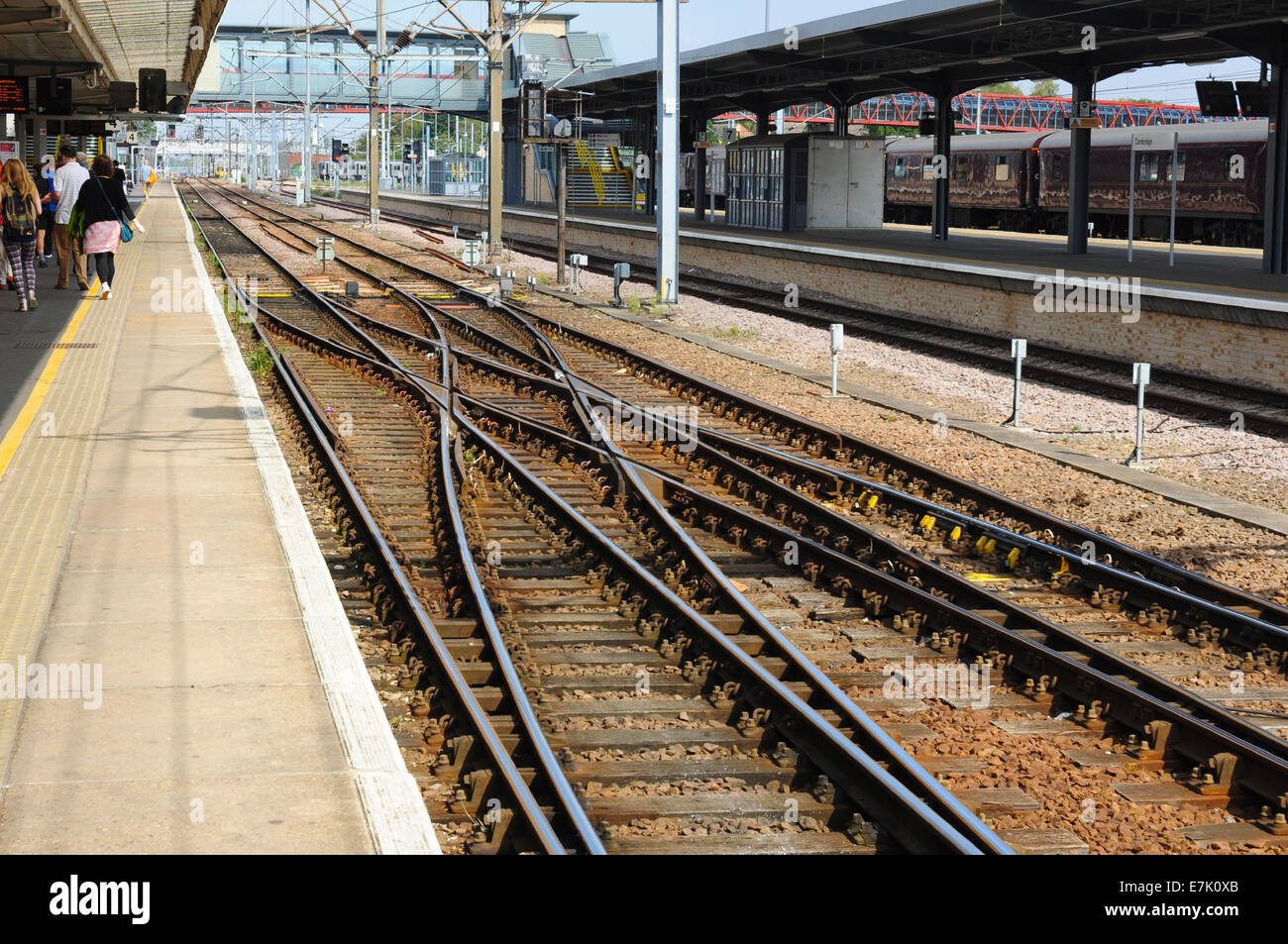Firstly: I've only owned 1 Peco, a switch. It functioned fine. The rails are a tad thinner than Atlas, so you have to crimp the joiners or some other way to snug them firmly against Atlas track. Unless you go all Peco RR you'll likely find this small compatibility diff. BTW, crossings are called 'diamonds' by RRs & MRRers. ...............Now, about your question...: The plastic has to be there because it's insulating conflicting polarities; your engine's wheels have to be prevented from touching the rails which it's crossing past or you have a short, wheel touching both at the same time. The area where you say it jumps out is called the 'flange way'. I believe the Pecos are a bit wider here (won't jump out) and there is allot less mass of the plastic separating the opposing rails, thus longer amount of metal rails in all directions, giving more length/time, picking up current = less chance of stall-outs....Couple things I don't like about Peco: The 2 longer ties on their switches, called the 'head block' & where the 'ground throw' would be anchored to are unrealistically wider than all the other cross ties. I know not why Peco chose to do this. The other is a controversy: Pecos to me don't look American prototype. They look British to me, whereas Atlas look very American railroad. Many will disagree. Also Peco's ties are black and Atlas are brown..That's all for now. I think you'll be happy with the Peco 'diamond' ...M




